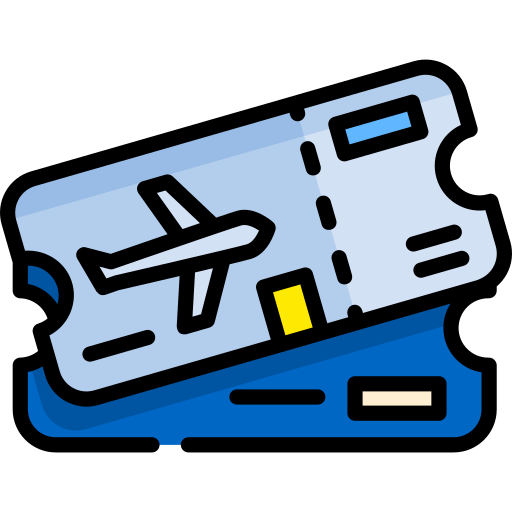Why You Should Never Post a Picture of Your Boarding Pass


Posting a picture of your boarding pass online might seem harmless, but it can have serious consequences due to the sensitive information it contains. Here’s a detailed explanation of how boarding pass data can be exploited and why it’s crucial to handle it with care:
Anatomy of a Boarding Pass
A typical boarding pass includes the following information:
Passenger Information: Your full name, sometimes accompanied by contact details.
Flight Details: Flight number, departure and arrival airports, date and time of departure, and sometimes seat assignment.
Barcode or QR Code: Contains encrypted data linked to your booking and travel details.
Booking Reference (PNR): A unique identifier used for managing reservations and sometimes accessing airline services.
Potential Risks and Exploitation
1. Identity Theft and Social Engineering
Personal Information Exposure: Boarding passes can reveal your name, travel itinerary, and in some cases, your frequent flyer number. This information, when combined with details from other sources, can be used to impersonate you or gain access to additional personal information.
Social Engineering Attacks: Fraudsters can use details from your boarding pass to craft convincing phishing attempts or to manipulate customer service representatives into providing more information or unauthorized access.
2. Fraudulent Use of Airline Services
Mileage Theft: Many boarding passes display your frequent flyer number. Fraudsters could potentially use this information to access your frequent flyer account, steal accumulated miles, or even book flights using your rewards.
Ticket Changes or Cancellations: Some airlines allow changes or cancellations with minimal information from the boarding pass. Discarded passes could be used maliciously to alter or cancel flights, causing financial loss or inconvenience.
3. Physical Security Concerns
Boarding passes can sometimes serve as secondary identification for accessing airport lounges or restricted areas within airports. Consequently, posting images of your boarding pass on social media or public platforms can unintentionally expose you to risks of unauthorized access. Such images may reveal barcodes or QR codes that others could potentially use to gain entry to secure areas or exploit your personal information.
4. Technological Risks
The barcode or QR code on a boarding pass contains encrypted data that reveals sensitive information about your booking and travel plans. If this code is captured and decoded by malicious individuals, it could potentially expose personal details or allow unauthorized access to your flight information.

Best Practices for Handling Boarding Passes
To protect your personal information during travel, it’s crucial to securely manage your boarding pass and related details.
After your trip, shred or destroy your boarding pass, especially if it includes visible barcodes or QR codes that could be exploited. Avoid posting images of your boarding pass on social media or public platforms where the information might be accessed or captured by others.
Opt for digital boarding passes stored securely on your smartphone rather than using printed versions, which can be lost or stolen more easily.
Regularly monitor your frequent flyer accounts, financial statements, and email for any signs of unauthorized activity or suspicious changes.
Additionally, be cautious about sharing travel details, booking references, or other sensitive information with unknown parties or over unsecured communication channels to minimize the risk of identity theft or fraud.
Posting a picture of your boarding pass online may appear harmless, but it poses serious risks including identity theft, fraud, and the exposure of personal information. Understanding how boarding pass data can be exploited and adopting secure practices for managing and disposing of this information are crucial for protecting your privacy.



Post Comment